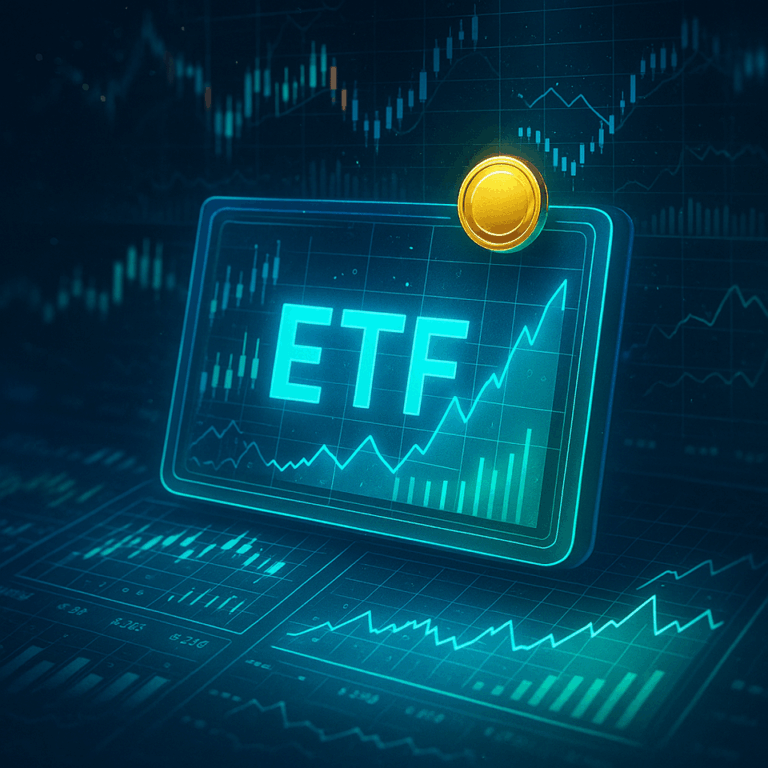As of 2025, global investing has reached a pivotal moment. Shaped by technological disruption, evolving economic conditions, and new regulatory frameworks, the investment landscape offers both opportunities and challenges for individuals and institutions. Investors are navigating a complex environment defined by digital assets, sustainability-driven decisions, and long-term wealth management strategies. While uncertainties remain, one constant is clear: diversification and informed decision-making are more important than ever.
The Evolution of Investment Strategies
Over the past decade, investment strategies have expanded beyond traditional stocks and bonds. In 2025, investors consider a wide range of asset classes, including digital currencies, green bonds, private equity, and real estate in emerging markets. Technological platforms provide sophisticated tools that make portfolio management more accessible, while artificial intelligence is helping analyze risk and identify market trends.
Institutional investors are increasingly adopting hybrid approaches that combine active management with passive vehicles such as exchange-traded funds (ETFs). This balance allows them to control costs while seeking growth opportunities in niche sectors like technology, healthcare, and renewable energy.
The Rise of Digital Assets
Digital assets have become a permanent feature of the investment ecosystem. Cryptocurrencies, tokenized securities, and blockchain-based funds offer new ways to diversify portfolios. By 2025, many countries have developed clearer regulations for digital assets, encouraging institutional adoption and improving investor confidence.
While digital assets carry risks such as volatility and regulatory uncertainty, they also present opportunities for higher returns and global accessibility. For retail investors, exposure to this asset class often comes through regulated platforms, ETFs, and mutual funds that track digital currencies.
Sustainable and ESG Investing
Sustainability has evolved from a trend to a mainstream requirement. Environmental, social, and governance (ESG) principles are now integrated into most professional portfolios. In 2025, investors are no longer asking whether to consider ESG but how best to align their investments with long-term global sustainability goals.
Green bonds, renewable energy infrastructure, and companies with strong governance practices are attracting significant capital flows. The integration of ESG not only reflects ethical considerations but also mitigates risks associated with climate change, social unrest, and regulatory transitions.
Retirement Planning and Long-Term Wealth
One of the most important aspects of investing in 2025 is retirement planning. With life expectancy increasing, individuals must prepare for longer retirement periods. Low-cost index funds, target-date funds, and diversified ETFs remain core tools for building long-term wealth.
Technology has also transformed retirement planning. Online platforms now provide personalized simulations that project income, healthcare needs, and lifestyle costs over decades. This has enabled more individuals to approach retirement with confidence, even in uncertain market conditions.
Global Risks and Market Uncertainties
Investors in 2025 face a world marked by both promise and unpredictability. Geopolitical tensions, inflationary pressures, and rapid shifts in interest rates remain challenges for global markets. Cybersecurity risks, particularly within digital finance, require ongoing vigilance.
However, resilience is growing. Diversified portfolios, access to global markets, and advances in risk management tools allow investors to withstand volatility more effectively. The key lies in balancing innovation with caution, ensuring that portfolios are both forward-looking and resilient to shocks.
Opportunities in Emerging Markets
Emerging markets are becoming central to global investment strategies. Rising middle classes, technological adoption, and infrastructure development create significant opportunities in regions such as Southeast Asia, Africa, and Latin America. For investors willing to take on measured risks, these markets provide access to growth that often surpasses developed economies.
Institutions are increasingly allocating capital to these regions through sustainable infrastructure projects, digital platforms, and local partnerships. As financial inclusion grows, so too does the potential for long-term returns.
Conclusion
Investing in 2025 reflects a balance between innovation, sustainability, and long-term planning. Digital assets, ESG-driven strategies, and emerging market opportunities are reshaping the global landscape. At the same time, investors must navigate risks from volatility, regulation, and geopolitical tensions. For individuals and institutions alike, success will depend on adaptability, diversification, and a focus on resilience.
As the investment world continues to evolve, one principle remains timeless: those who approach markets with knowledge, patience, and discipline are best positioned to achieve sustainable growth in an ever-changing financial environment.







